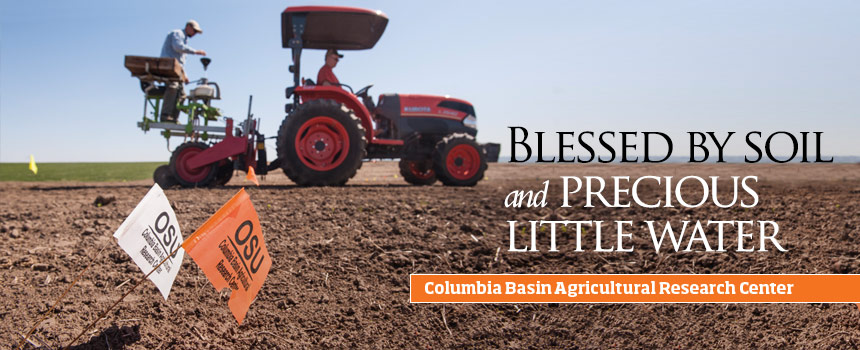Making a choice for rotation

For more than a century, wheat growers have coaxed a bounty of grain from the Columbia Basin. But growing wheat yearly on the same ground can produce challenges. Rotating crops can help reduce pests and diseases, but growers need viable, economic alternatives. As a rotation crop for the region’s iconic soft white winter wheat, OSU has tested other wheats, barley, buckwheat, sunflower, garbanzos, and more. “You name it, if it will grow here we have probably tested it,” said Don Wysocki, an OSU soil scientist at the Columbia Basin center.
[caption caption="Quinoa is exploding in popularity in the United States and around the world. Yet most of the grain-like seed is imported from South America, which has sent prices soaring."] [/caption]
[/caption]
One crop that shows economic promise is canola. Unlike in the Willamette Valley, where seed growers worry about canola cross-pollinating with their vegetable crops, canola in rotation with Columbia Basin wheat helps reduce weeds, diseases, and pests. Winter canola, raised for food oil, fuel, and livestock meal, makes economic sense here. In 2012, canola earned growers about 25 cents per pound compared to 13 cents per pound for wheat.
The challenge is climate. For 20 years, Wysocki has worked with University of Idaho researchers to test hundreds of varieties and to develop a new canola line for the region. They experimented with spacing, fertilizer, and planting dates. And growers are noticing. Yield per acre of canola in the Columbia Basin is the nation’s highest. Yellow fields now brighten the landscape amid the region’s characteristic fields of grain.

